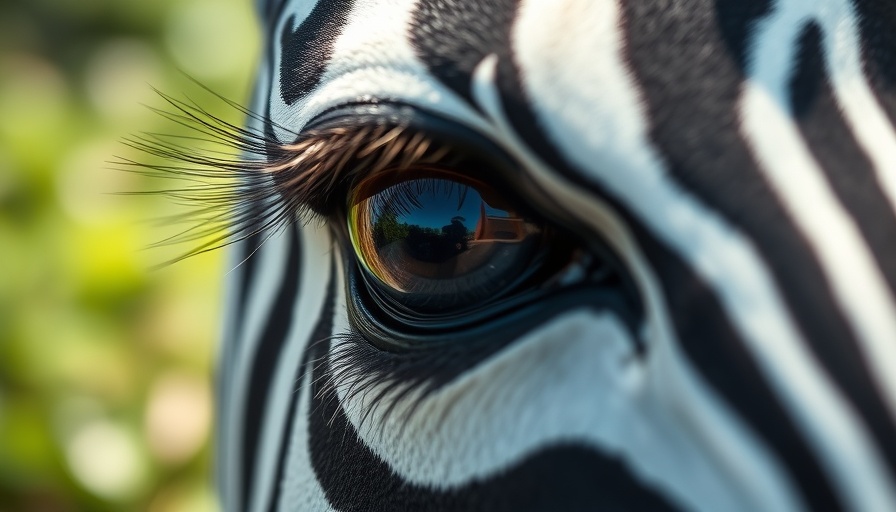
Rethinking Zoos: From Sites of Spectacle to Guardians of Education
As visitors flock to Hongshan Zoo in Nanjing, China, their excitement to see animals is tinged with a deeper purpose: education about wildlife and conservation. This shift marks a profound change in how zoos function within society, emphasizing the importance of animal welfare over entertainment. Once simply locations for amusement, today’s zoos are swiftly becoming institutional advocates for environmental awareness and education.
The Viral Success of Hongshan Zoo
Hongshan Zoo's path to success reached new heights when its director, Shen Zhijun, humorously addressed the struggles of post-pandemic recovery on China's Yixi platform. His comments resonated with audiences online, igniting a surge in visitors eager to experience the zoo’s innovative approach to animal displays. Unlike traditional zoos where animals are the focal point for performance, Hongshan’s layout and programming foster an environment where animals thrive, mimicking their natural habitats. This design, emphasizing the unique behaviors of the animals in relaxed settings, has ensured that even if visitors don’t spot every creature, the experience can resonate deeply.
Why Education Matters in Modern Zoos
alerting visitors to the plight of wildlife, this evolving model seeks to inspire conservation efforts among guests. Faye Lu, chief impact officer at WildBound, asserts that the zoo's role is not merely to showcase animals but to develop genuine emotional connections—sparking love and concern for animals in the wild. This means visitors leave armed with knowledge, potentially fostering a new generation dedicated to environmental stewardship.
Challenges & Triumphs in Zoos Across China
Hongshan Zoo stands as a trailblazer in an evolving niche of wildlife conservation. Its groundbreaking policies, including the abolition of animal performances and the promotion of educational initiatives, serve as a roadmap for other Chinese zoos. Many facilities are making similar transitions, implementing practices that align with global standards in animal care and conservation education, leading to a mindful approach rooted in sustainability.
Public Awareness and Environmental Impact
With growing public concern about climate change and biodiversity loss, zoos are beginning to play a pivotal role as educative resources within their communities. Initiatives like community gardens, wildlife rescue operations, and involvement in conservation projects connect local populations directly to environmental issues. This shift not only works to enrich the educational experience but also equips visitors with actionable insights into sustainable practices in their everyday lives, like reducing waste or enhancing their carbon footprint through renewable energy choices.
The Future of Zoos: Leading Community Engagement
The evolution of Hongshan Zoo, coupled with the emerging trends in environmental awareness, points toward a future where zoos become community hubs for ecological engagement. Participation in local conservation efforts, educational outreach, and partnerships with sustainability organizations will pave the way for a greener future where empathy for wildlife and the environment thrives. This integration unites zoos with global movements toward sustainable living, bridging gaps between entertainment, education, and community responsibility.
Conclusion: A Call to Action
As we observe these changes in how zoos operate, we are encouraged to take action—visiting our local botanical gardens, supporting organic products, and contributing to educational programs dedicated to wildlife conservation. Zoos like Hongshan offer us a model for responsible engagement with nature, encouraging us to adopt sustainable practices in our own lives. Embracing greener lifestyles not only elevates our understanding of environmental impact but also aligns us with a promising future focused on the preservation of our planet.
 Add Row
Add Row  Add
Add 



Write A Comment